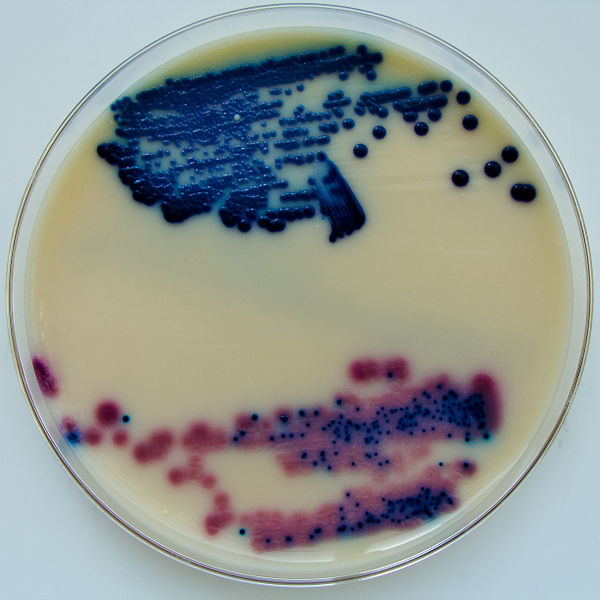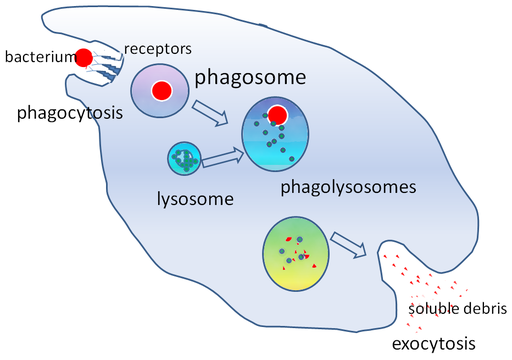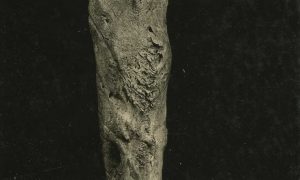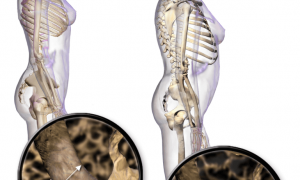CULTURE & SENSITIVITY OF URINE
By
Posted on

Urine culture is performed to detect the organism that is the causative agent of UTI (urinary tract infection). During an invasive collection, technique urine is contaminated with a normal flora of urethra for this urine culture the quantitative estimation of colony count is utilized to deal with the infection.
Media:- nutritive agar plate
Method:-Place a drop of urine in a slide & allow it to air dry. Stained slide using gram stain evaluate the slide for bacteria or PMNs.
Result:-
- In 24 hours- if no growth or colony count < 1000 then reincubate.
- In 48 hours if the colony not considered contaminated, it can be indicative for pathogens.
- A single colony not considered contaminated can be indicative of pathogens.
- Growth of these or more different organism is to be considered a contaminated specimen.
- More than 100000 (colony-forming unit) CFU/ml in pure culture may be considered pathogens.
Sensitivity:-
- Antibiotic selection by determining whether the tested bacteria are likely to be sensitive or resistance to any bacteria. The antibiotic tested were amikacin, cefotaxime, tobramycin, norfloxacin, etc.
- Antibiotic sensitivity pattern of UTI against E-coli used for urine test in which amikacin (97.61%) was the most effective antibacterial drug.





